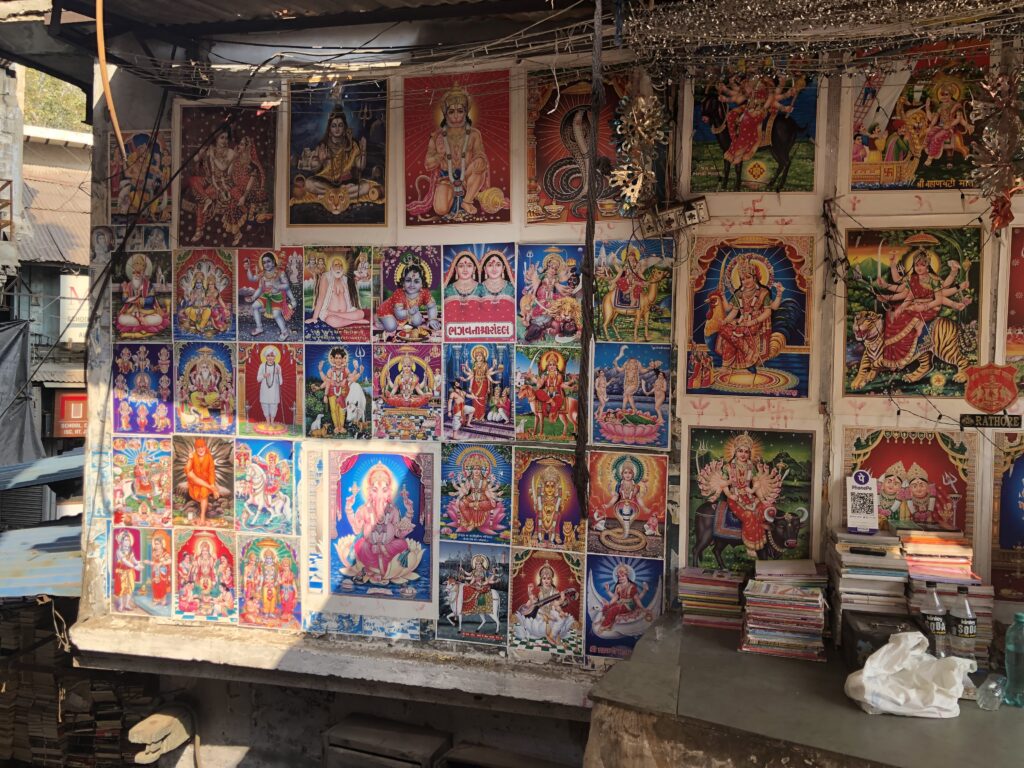PROFESSOR ATUL K. SHAH www.atulkshah.co.uk
Globally renowned expert advisor and broadcaster on culture, accounting, finance, business ethics, holistic education and leadership

The endurance of Indian culture and the decline of Greek, Roman, Mayan, and Egyptian heritage can be attributed to a variety of factors, including continuous tradition, religious structure, geographical advantages, colonial impact, and cultural adaptability. Here’s a detailed comparison:
1. Religious Continuity
- India: Hinduism, Buddhism, and Jainism have been continuously practiced for thousands of years. The Vedic traditions that shaped Indian civilization never fully disappeared, as Hindu rituals, temples, and scriptures have been preserved through generations.
- Greek & Roman: Greek and Roman religious traditions were largely replaced by Christianity. With the rise of the Byzantine Empire and later the dominance of Catholicism, polytheistic traditions of the Greeks and Romans were abandoned.
- Egyptian & Mayan: Egyptian and Mayan religious practices were wiped out by foreign influences. Christianity and Islam largely replaced ancient Egyptian beliefs, while the Mayans lost much of their culture due to Spanish conquest and forced conversions.
2. Lack of Foreign Religious Domination
- India: While India faced invasions and colonization (Mughals, British, etc.), Hinduism, Buddhism, and Jainism survived and adapted. Even during Mughal rule, Hindu traditions were not completely erased.
- Greece & Rome: The Roman Empire adopted Christianity as the state religion (4th century CE), leading to persecution of pagan beliefs. Over time, Greek and Roman gods were abandoned.
- Egypt & Mayans: Egypt converted to Christianity and later Islam, leading to a total loss of ancient religious practices. The Mayans, after Spanish colonization, were forced into Catholicism, and much of their written heritage was destroyed.
3. Geographical and Political Stability
- India: Despite multiple invasions, India maintained a core civilization around the Ganges, Tamil Nadu, and other key regions. The subcontinent’s vastness made it hard for any single empire or force to erase its traditions.
- Greek & Rome: The collapse of Rome in 476 CE led to the fragmentation of Roman culture. Europe’s constant warfare and religious shifts erased most of the old traditions.
- Egypt & Mayans: Egypt was repeatedly conquered by Persians, Greeks, Romans, Arabs, and Ottomans, each bringing new traditions. The Mayans were devastated by European colonization, disease, and forced religious conversion.
4. Oral & Scriptural Preservation
- India: Hindu scriptures like the Vedas, Upanishads, Ramayana, and Mahabharata have been continuously studied and memorized orally for thousands of years. This ensured knowledge survived even when written records were destroyed.
- Greek & Rome: Many Greek and Roman texts were lost due to wars and the decline of literacy in medieval Europe. Some texts were preserved in Islamic and Byzantine libraries, but widespread cultural practice disappeared.
- Egypt & Mayans: The Rosetta Stone allowed us to rediscover Egyptian hieroglyphs, but practical knowledge was lost. The Mayan Dresden Codex survived, but Spanish colonizers burned thousands of Mayan books.
5. Colonial Impact
- India: British colonial rule suppressed Indian traditions to some extent, but the revival of Hinduism and nationalism in the 19th-20th centuries preserved cultural continuity.
- Greek & Rome: Greece and Rome lost political dominance, and their traditions were absorbed or replaced by Christianity.
- Egypt & Mayans: Egypt was ruled by foreign empires for centuries (Persians, Romans, Arabs, Ottomans), leading to cultural dilution. The Mayans suffered one of the most extreme cultural losses due to brutal Spanish colonization.
6. Cultural Adaptability
- India: Hinduism and Indian culture have evolved while keeping their core traditions intact. For example, ancient Vedic rituals co-exist with temple worship, yoga, and modern Hindu practices.
- Greek & Rome: Greek philosophy influenced Christianity, but original religious traditions disappeared. Roman gods were replaced by Christian saints.
- Egypt & Mayans: Once Egyptian temples were shut down by Roman rulers and later Muslim rulers, their ancient rituals ceased. The Mayans had to abandon their old traditions under Spanish rule.
Conclusion
Indian culture survived because of its continuous religious practices, adaptability, vast geography, strong oral traditions, and ability to resist complete foreign religious dominance. In contrast, Greek, Roman, Egyptian, and Mayan cultures either converted, were forcefully replaced, or failed to preserve their ancient traditions.
